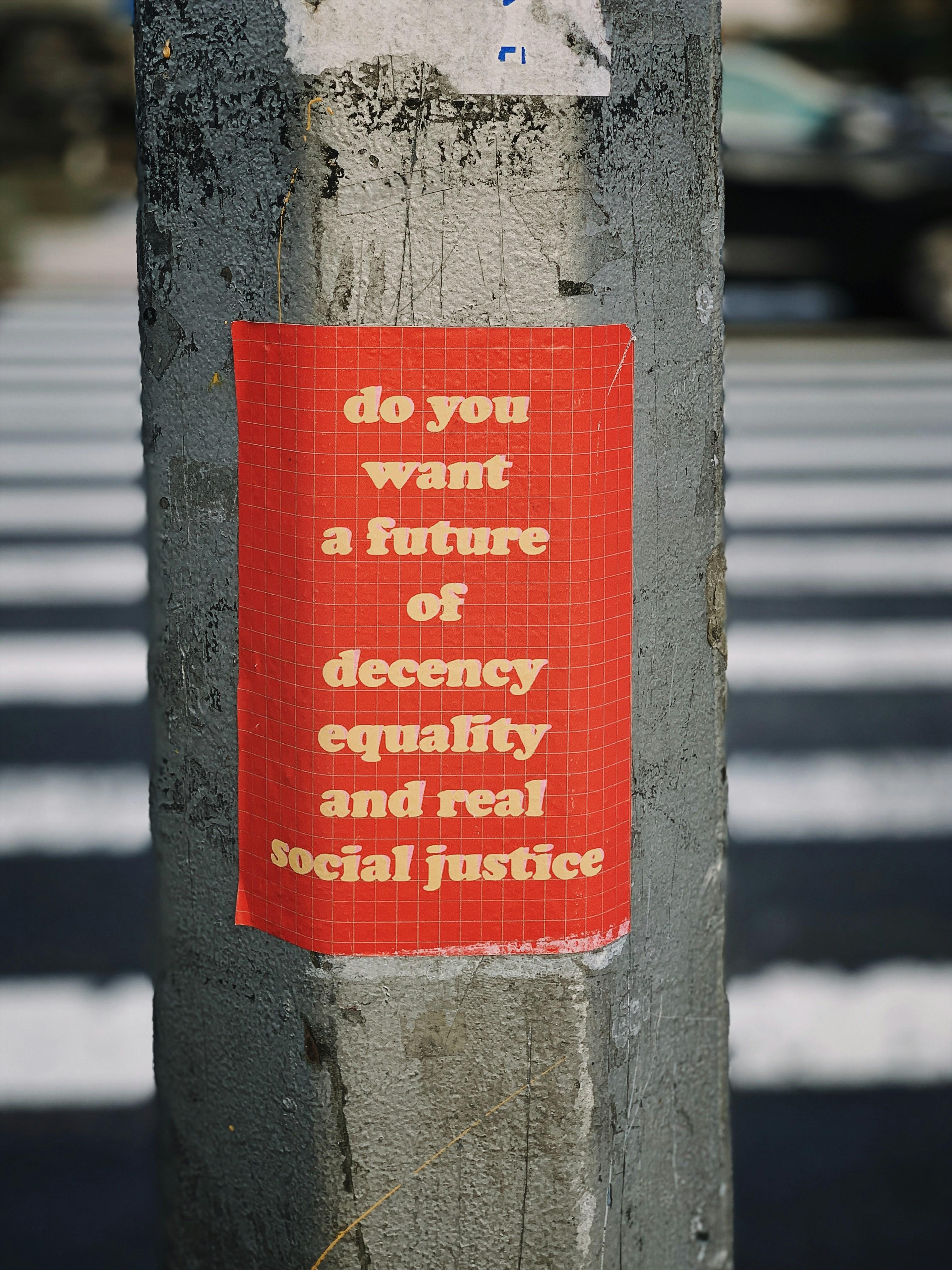Award shows have long been heralded as the ultimate celebration of artistic excellence, where the crème de la crème of talent is recognized and rewarded. However, beneath the glittering façade lies a contentious debate: Are these prestigious events inherently biased toward certain genres of performances? This question has sparked rigorous discussions among industry insiders and audiences alike, prompting an analytical exploration of the patterns and preferences that may shape the outcomes. By dissecting historical data, voting processes, and cultural influences, this article aims to unravel the complexities of genre favoritism in award shows, offering a confident examination of whether these accolades truly reflect a diverse spectrum of artistic achievement or if they are skewed by entrenched biases. Bias in Awards: Historical Patterns and Trends”>
Bias in Awards: Historical Patterns and Trends”>
Bias in Awards: Historical Patterns and Trends
Examining the annals of award ceremonies reveals a consistent pattern of favoritism toward certain genres and styles. Drama and biographical films, for instance, have historically dominated prestigious award categories, often overshadowing genres like comedy, horror, or science fiction. This bias isn’t limited to film; in music, mainstream pop and rock frequently eclipse genres like jazz, metal, or electronic in major awards. Such trends suggest an underlying preference for certain types of storytelling and artistry, potentially influenced by societal norms and industry standards.
- Drama vs. Comedy: Dramas often receive more critical acclaim, overshadowing comedic performances.
- Historical Bias: Historical and biographical works are favored, reflecting a preference for ‘serious’ content.
- Genre Limitations: Horror and science fiction struggle to gain recognition despite their cultural impact.
- Music Industry Trends: Mainstream genres dominate, leaving niche styles underrepresented.
The implications of these patterns are significant, shaping both the creation and reception of art. By rewarding specific genres, award bodies inadvertently dictate trends and influence creative decisions. This historical bias not only impacts artists but also the audience’s perception of value and prestige within the arts. Understanding these trends is crucial for fostering a more inclusive and representative recognition of diverse artistic expressions.

Genre Dominance: The Overlooked Performances
When we examine the landscape of award shows, a pattern emerges where certain genres seem to consistently overshadow others. This isn’t merely a coincidence; it’s a reflection of deeper biases within the industry. Dramas, for instance, often dominate major categories, receiving accolades for their perceived depth and emotional weight. Meanwhile, genres like comedy, horror, and science fiction frequently find themselves relegated to niche categories, if acknowledged at all.
Consider the overlooked brilliance in performances that defy traditional dramatic norms. Comedic roles, with their intricate timing and subtle emotional layers, are frequently dismissed as light entertainment. Horror films demand a visceral, often exhausting commitment from actors, yet these performances rarely garner the recognition they deserve. Science fiction, with its imaginative storytelling and complex character arcs, is another genre that often falls through the cracks. The question remains: are these genres less deserving, or are they simply victims of an entrenched bias that values certain narratives over others?
- Comedy: Complex timing, emotional nuance.
- Horror: Intense commitment, overlooked depth.
- Science Fiction: Imaginative storytelling, complex arcs.

Evaluating Criteria: Transparency and Fairness in Judging
In assessing the integrity of award shows, transparency and fairness in judging emerge as critical pillars. The lack of clear, publicly accessible criteria often fuels skepticism about the process. Awarding bodies that obscure their methodologies risk alienating audiences and participants alike. It’s essential for judges to articulate what constitutes excellence across diverse genres, ensuring that each performance is evaluated on its own merits rather than conforming to a predefined mold.
Furthermore, the composition of judging panels plays a pivotal role in maintaining fairness. A balanced representation of experts from various genres can mitigate bias, offering a more holistic perspective. Here are some key practices to consider:
- Clear Communication: Providing detailed criteria and scoring methods enhances credibility.
- Diverse Panels: Including judges from varied backgrounds fosters inclusivity.
- Regular Reviews: Periodic assessment of judging processes can address emerging biases.
By prioritizing these aspects, award shows can strive toward a more equitable recognition of talent across all genres.

Recommendations for Reform: Ensuring Inclusivity and Equity
To address biases in award shows, it is essential to implement reforms that promote inclusivity and equity. Expanding the diversity of voting panels is a crucial step. By ensuring that judges represent a wide range of backgrounds and expertise, we can mitigate inherent biases and foster a more balanced evaluation process. Additionally, establishing clear criteria for each category can help standardize evaluations, ensuring that all genres are assessed on their own merits.
Moreover, award shows should consider adopting a more inclusive approach by recognizing underrepresented genres. This could involve:
- Creating new categories that reflect emerging trends and diverse artistic expressions.
- Providing platforms for marginalized voices through special performances or spotlights.
- Engaging with communities to better understand and celebrate cultural nuances.
These recommendations aim to create a fairer environment where all forms of artistic expression can thrive and receive the acknowledgment they deserve.

